Real estate is one of the most competitive industries in the world. Every day, agents and brokers fight for their piece of what’s left of an ever-shrinking pie.
Even those with excellent marketing knowledge would still find standing out from the crowd difficult.
These ten essential landing page tips can help any real estate website create a successful campaign and get more leads than they know what to do with.
#1 – A Strong Headline
The headline of your real estate landing page is the first thing that visitors will read from start to finish.
Keep in mind that visitors to this page are coming here seeking answers to a particular question. For instance, some would like to know how many people want to buy their property and how much. In this case, a simple headline like “Receive offers on your property with a click of a button” should do the work.
Or “Find your place” by Compass works just as well, if not better!
Sometimes, the best headline you can conjure for your landing page is the simplest and shortest one! You just have to make sure you have a clear message that captures attention and is easy to understand.
#2 – Be Transparent with Your Language
Your listing needs to be transparent when it comes to its price and location. Use clear, plain language to describe your listing to set expectations for your clientele and earn the trust of your leads. Use the same language for the description of a listing in the market as it is in order, to be honest with your clients.
Real estate is an especially tricky industry because it’s reliant on trust. One way to lose the trust of people is by making false promises on landing pages.
Don’t let important questions go unanswered, and keep your copy simple yet approachable. Be direct, provide essential details, and use beautiful and accurate imagery.
Better yet, make sure your message resonates with your target audience. It should make a compelling case in favor of what you’re offering in a way they can relate to.
For example, the first few sentences of The Kingdom Real Estate sympathize with agents looking to level up professionally but can’t find the resources and community that will help them. The language captures the frustration most of them are feeling, i.e., “fed up with the Guru B.S,” “sick of lifeless courses.”
There’s also mention of figures, i.e., “5 years later,” “over 5,000 students in 14 countries.” This shows that lots of people who feel the same way as its visitors were able to unlock their true potential upon joining.
#3 – Craft Engaging Copy
While copy has little to do with the actual design, it is acknowledged as one of the most critical landing page design elements.
Your landing page should outline your value proposition for your landing page. Set up a short paragraph explaining why leads should download your e-book, schedule a CMA call, or otherwise provide their contact information.
Optimize your copy by keeping it simple, breaking it up with subheadings, images and keeping less important information lower down the page.
The easiest way to engage your audience with your copy is by emphasizing your benefits. For instance, it’s cool if you have the best and most luxurious properties for sale. But what buyers would want to know is how buying your property will make their lives better.
By addressing their needs, desires, and wants, you already have a successful sales page brewing in your hands! It’s just a matter of communicating it properly to your prospects.
Corcoran offers some of the most up-scale properties on this side of the world. And the pages for each of the homes for sale contain everything you need to know before deciding.
However, what’s even more impressive is the copy describing the neighborhood where the property is.
The text describing the area makes you see and hear the neighborhood as if you’re there. By making visitors feel what it’s like to live in that property, you share with them the benefits.
#4 – High-Impact Visuals
Real estate agents can use images to show leads what they have to offer. Include lots of images like professional photos of properties and videos. You can use GIFs and virtual walkthroughs to show visitors what you have in the real estate market. Use your real estate expert’s advice on the best visual content to show you what you offer.
In particular, background videos on auto-play are silent and play on loop to make pages look sophisticated and stunning. They are a great way to bring your properties to life online, especially in the context of the property industry.
But if you don’t have videos to show for, you can always rely on striking photos and images instead.
Rent.com has arguably the most stunning real estate landing page design due to its sophisticated yet straightforward illustrations and use of color.
#5 – A Single Call to Action
A landing page needs a call to action (CTA) to tell leads what to do next. And, ultimately, what makes a landing page great is the number of people who commit to your CTA.
CTA should always support your conversion goal, so start by thinking about what you want to achieve with a campaign. The most common CTA is a sign-up form that asks visitors to answer questions about their down payment and submit their contact information. If you’re looking for new leads in a specific budget, you might encourage visitors to book more appointments from a particular calendar.
Whatever the case, craft a single CTA that supports your conversion goal to generate new leads within a specific house-hunting budget.
However, with the different CTAs to choose from for your real estate landing page, make sure only to have a single call to action. This allows you to keep your visitors focused on your offer, thus reducing the risk of them failing to complete and submit a form.
You want your real estate visitors to decide, commit, act and get the best of your site to complete a form on their landing page and make sure they’re not distracted by the content they’re looking for, and you’re not wasting time on a site that’s just trying to make the page. A landing page for a real estate agent should have no option to leave it.
#6 – An Optimized Lead Capture Form
An essential part of any landing page is the lead capture form, where you’re asking your visitors to give personal information. This will be one of your primary real estate lead generation tactics, especially if you make signing up to your form easier for people and even if you’re still working on setting up your site.
First, top of the funnel lead conversions will drop significantly if a landing page has more than four fields to complete. Therefore, only ask for the visitor’s name and email. Also, “Submit” as your CTA button feels clinical and boring, so try button messaging like “Sign Me Up” or “Get it Now.”
Ideally, you must run A/B tests on your landing pages to determine the effectiveness of your lead capture forms. You’re going to need a substantial amount of traffic from your page first (at least 1,000 visits) to start understanding any sort of statistical significance, but those findings can make a big difference in the long run.
#7 – Remove Distracting Navigation Links
If your landing page is not converting visitors, it’s probably because they’re distracted. Even if you keep your visitors focused on your offer, it won’t matter if you have navigation links on the menu and footer section of the page.
There’s a chance that they’ll click on your menu links instead of scrolling down the page until they reach the CTA. Therefore, it’s best to remove all the links that impede them from converting, which is UX design 101.
Also, if you feature social media buttons on your page, consider removing them as well. While they can either help spread the word about your page or connect with you on Facebook or Twitter, they can also prevent them from filling out your form or clicking on your link.
At best, run split-tests on pages with and without social media buttons to see which variant performs the best.
#8 – Feature Social Proof
Real estate agents feature reviews and testimonials on their landing page to help them build credibility. So, if you have satisfied clients, ask them for a review and feature them on your page to improve perception and your reputation as an agent.
You can also grab customer reviews from sites like Google My Business and Yelp to be featured on your site.
A great real estate landing page that puts social proof to good use is Agent Pronto. It pulled reviews from ShopperApproved.com where they have a 4.8/5.0 rating.
Another form of social proof is certifications and awards. They help position you as an agent your target audience can trust, especially if the certificates came from prestigious award-giving bodies.
#9 – Provide a Seamless Mobile-Friendly Experience
Make sure your real estate landing pages look smooth and look as good on mobile as they do on desktop. Most landing page builders like Shopify allow you to create responsive landing pages that adjust to the visitor’s screen size.
To be sure, you can use the Google Mobile-Friendly Test to show you how the page looks when people visit them on their smartphones and tablets.
Aside from responsive pages, you also need to check its Google PageSpeed Insights.
Since Core Web Vitals are now considered ranking factors, you must ensure that your pages load appropriately on all devices. The goal is to provide users with a seamless experience when viewing your site. And you can achieve this with a high Core Web Vital score for your landing page.
#10 – Personalize the Experience
If someone is looking to rent and you’re speaking towards buyers, your landing page will not convert them.
So, how can you ensure the experience is personal to the user? One way is to use Dynamic Text Replacement (DTR) to change the text on the page depending on the user information.
For example, if the visitor is from Atlanta, your page should dynamically replace placeholder text pertaining to the location with details about the city. The same thing should happen for visitors from Savannah, Georgia, and other cities in Georgia.
This way, you can increase conversions by showing them content that speaks to them personally.
Conclusion
With these in-depth insights on how to optimize your real estate landing page, you should be able to increase the number of lead conversions and grow your revenue.
The most important part is to improve your conversion rates by ensuring that the form has a single call-to-action with few distractions or navigation links. You can also personalize the experience for each user by generating questions based on their answers, then providing them with an opportunity to take action when they’re done answering those questions.
Finally, make sure your site displays social proof like testimonials from satisfied customers as well as certifications, so clients know you are qualified and trustworthy.
There will be other things you must worry about, like increasing traffic by acquiring easy-to-win backlinks. For now, however, these tips will help drive more visitors into your marketing funnel and convert casual visits into sales without any extra effort!


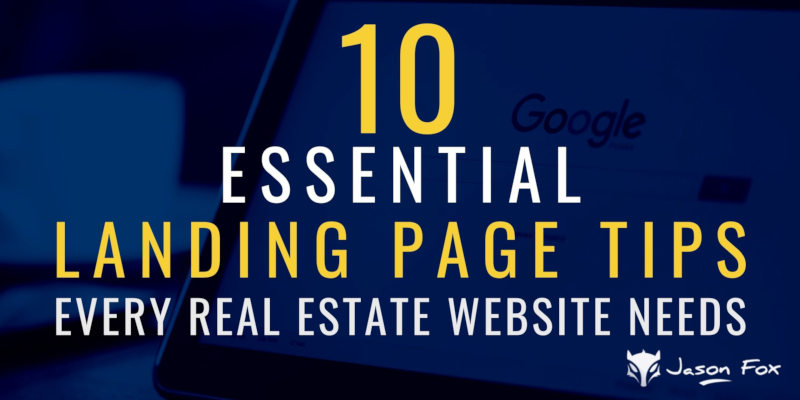
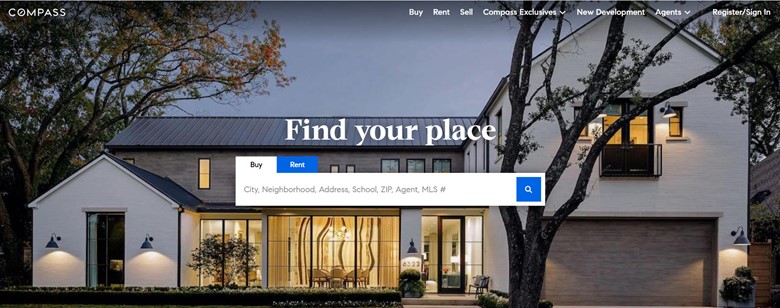
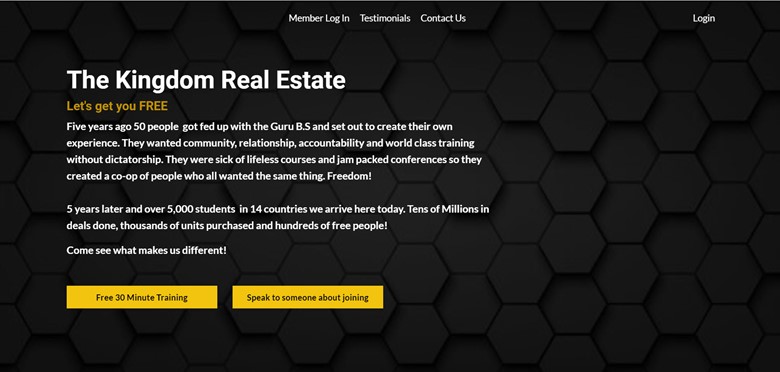
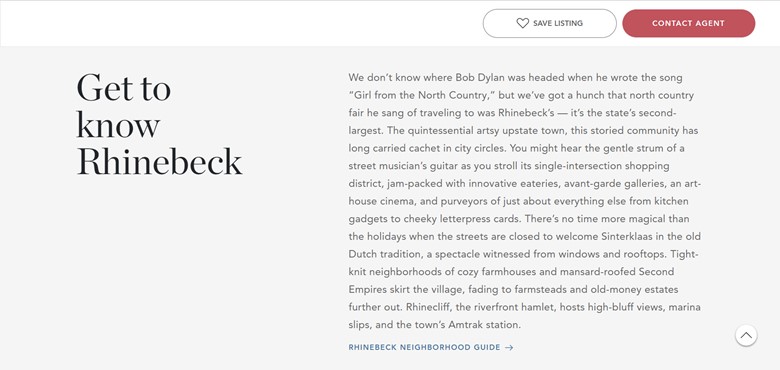
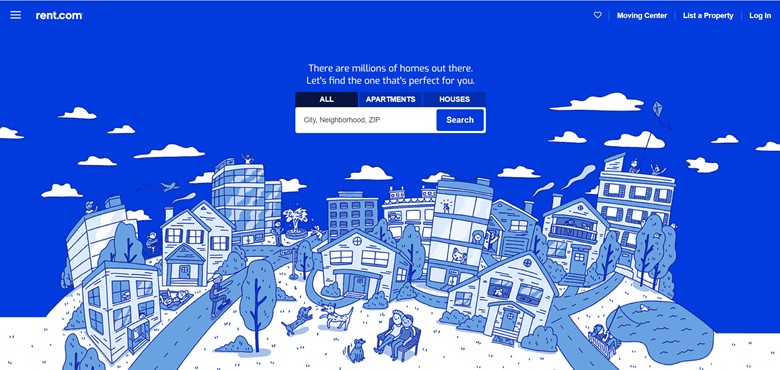
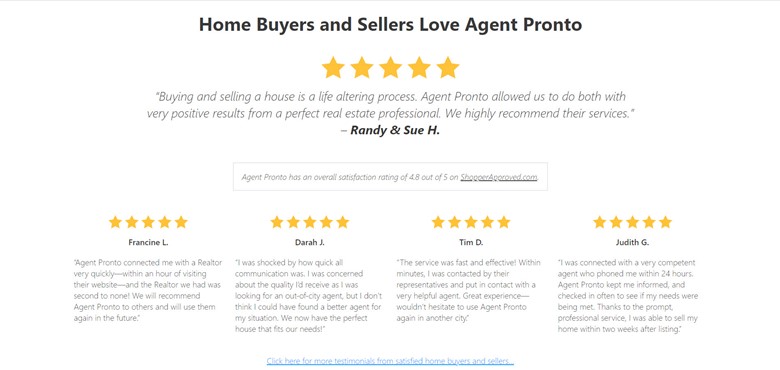
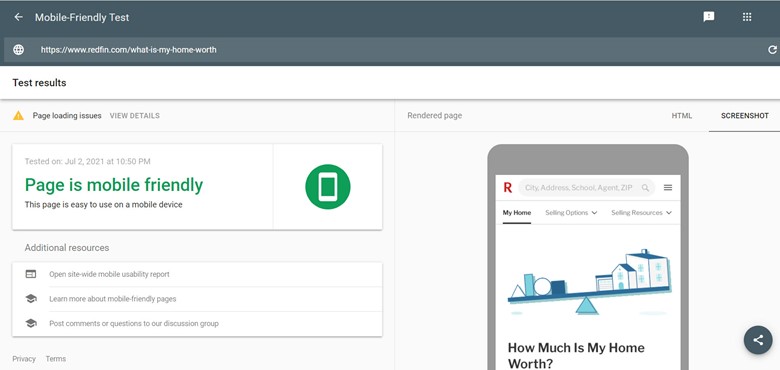

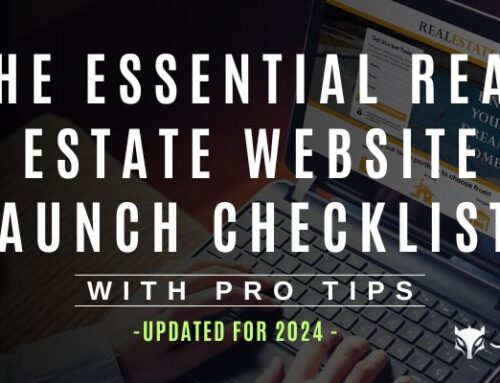


Leave A Comment